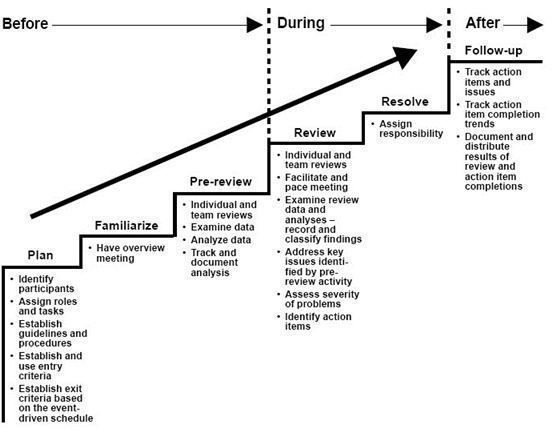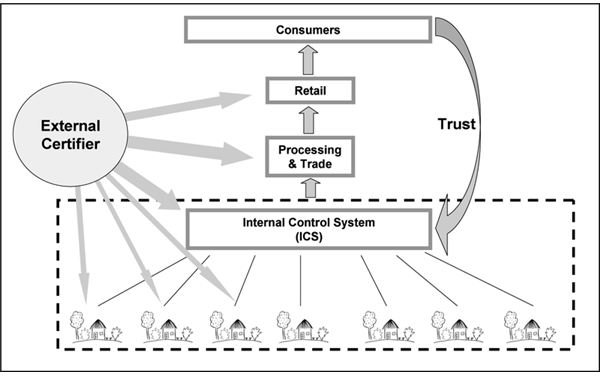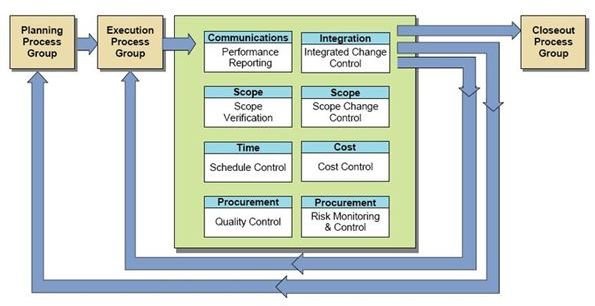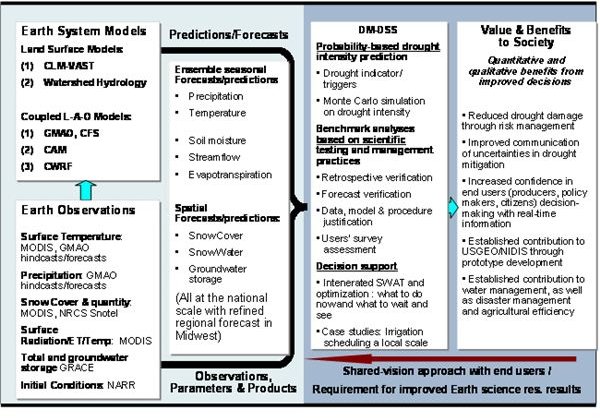Risk Mitigation Strategies and Risk Mitigation Plan: Tips for Documentation & Implementation in Project Management
Strategies for Reducing the Adverse Impacts of Anticipated Risks
Risk mitigation strategies are action plans you conceptualize after making a thorough evaluation of the possible threats, hazards or detriments that can affect a project, a business operation or any form of venture. The purpose of such strategies is to lessen or reduce, if not totally eliminate the adverse impacts of the known or perceived risks inherent in a particular undertaking, even before any damage or disaster takes place.
Best practices require that the known and perceived risks be analyzed according to the degree and likelihood of the adverse results that are anticipated to take place. Thereafter, all such risks analyzed shall be documented according to their levels of priority in a form known as the risk mitigation plan. After which, the development and integration of the corresponding risk mitigation strategies follows, and shall be referenced against the previously prepared risk management plan.
Take note however, not to confuse risk management plan with the risk mitigation plan. The former is the framework for the entire risk management aspect of the project while the latter pertains to the entire risks and response actions plan.
Image Credit: NASA for Wikimedia Commons
What Comprises a Risk Mitigation Plan?

A risk mitigation plan shall serve as the checklist of the anticipated risks, listed in accordance with the degree of their probability, as High, Medium or Low. Some project managers, however, deem it more appropriate to categorize the risks as Most Likely, Likely or Unlikely.
The set of mitigation strategies shall likewise be listed in the plan, properly labeled as such and categorized under each risk. This document shall now serve as the project manager’s checklist for project monitoring.
How are Risk Mitigation Strategies Implemented ?

Inasmuch as the main objective of risk mitigation strategies is to curtail the effects of possible threats or hazards, these strategies shall be taken into consideration during the project planning stage. While in the process of developing each phase, procedure or methodology, the project management team or the principal players of a transaction or venture shall also establish the critical points where the possible risks may take place.
Each critical point identified shall have a set of mitigation strategies incorporated in its procedural guidelines. In actual practice, these procedures may be referred to as code of practices. In financial institutions, where numerous risks against lost of assets, particularly cash, are perceived, these set of mitigation strategies are simply referred to as the internal control policies.
In another aspect of risk management, a separate set of mitigating actions shall be incorporated to address the threats or hazards that were previously evaluated as having the highest levels of adverse impact in the event of its happening. The risk mitigation strategies are contained in a crisis management plan and shall form part of the initial emergency measures to take, in order to contain and prevent the worsening of the damages caused by an accident or catastrophe.
Image Credit:Oftcc for Wikimedia Commons
How are Risks Monitored and Mitigated in Project Management?

As project plans get underway, effective project management becomes more critical and will require rigid monitoring of all executions by way of an efficient and constant communication with the team members. The project manager tracks the progress of assigned tasks and inquires from team members of any issues that may affect the successful completion of the project’s objectives.
Poor management can result to runaway executions that tend to lack cohesion, which can create more complexities and risks of not meeting the timelines and the budget. It could further result to intellectual drain for the entire team and depletion of financial resources. Hence, the importance of consistently checking the present status of the project against scope, limitations, methodologies, exclusions, mitigation plans and budget, to ensure that there is diligent compliance and that all risks anticipated are being mitigated at their critical stages.
The project manager should also take note of new risks that may surface, for which immediate plans and additional risk mitigation strategies will be developed, documented and integrated.
Image Credit: [Department of Veterans Affairs Office of Information and Technology](https://commons.wikimedia.org/wiki/File:Monitoring_and_Controlling_Process_Group_Pro cesses.jpg) at Wikimedia Commons
